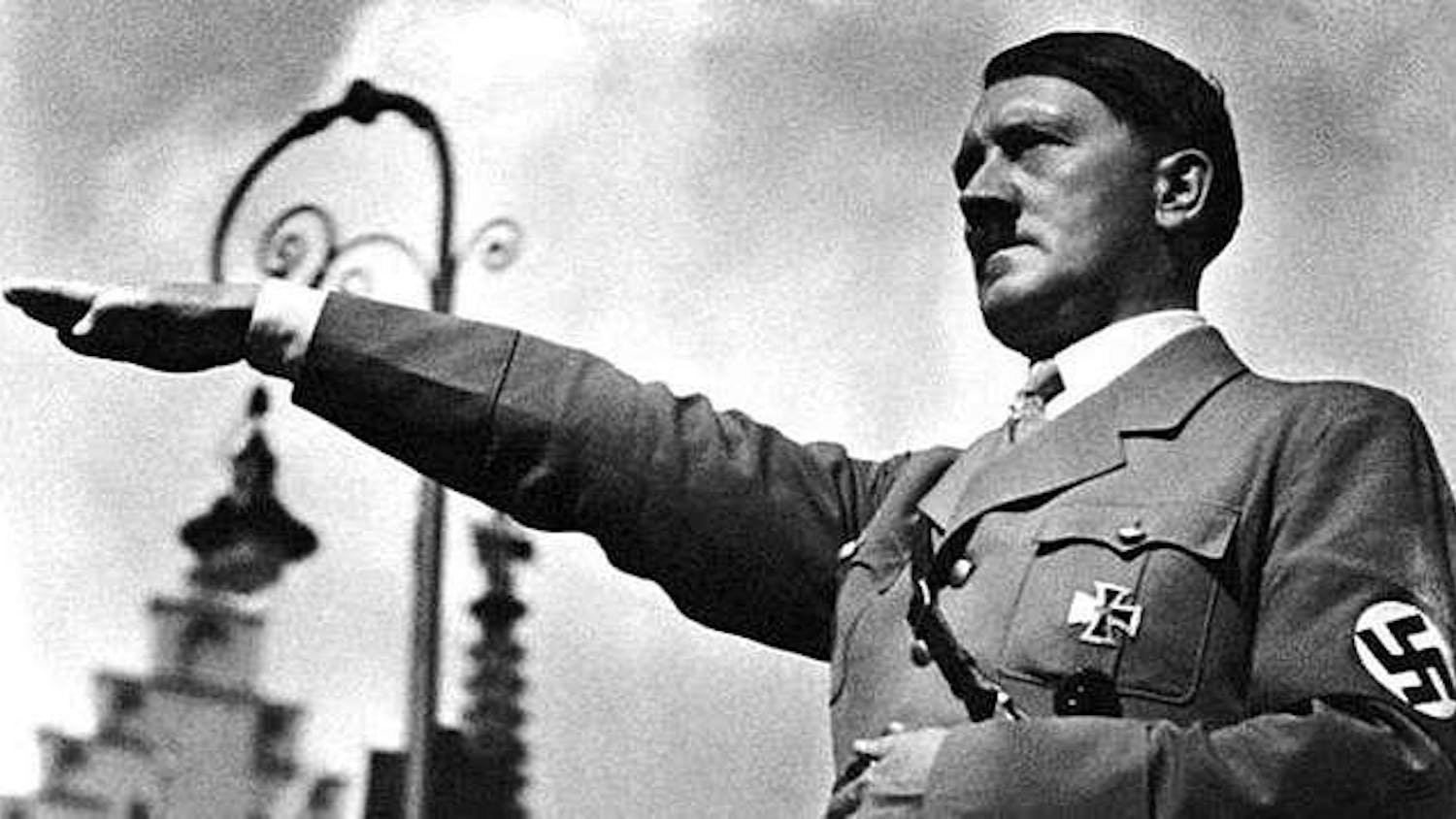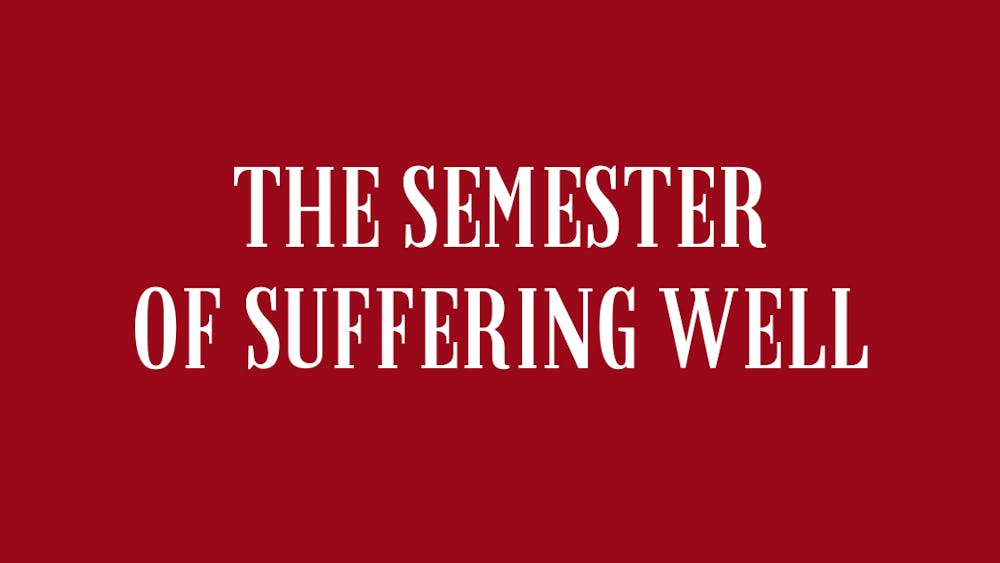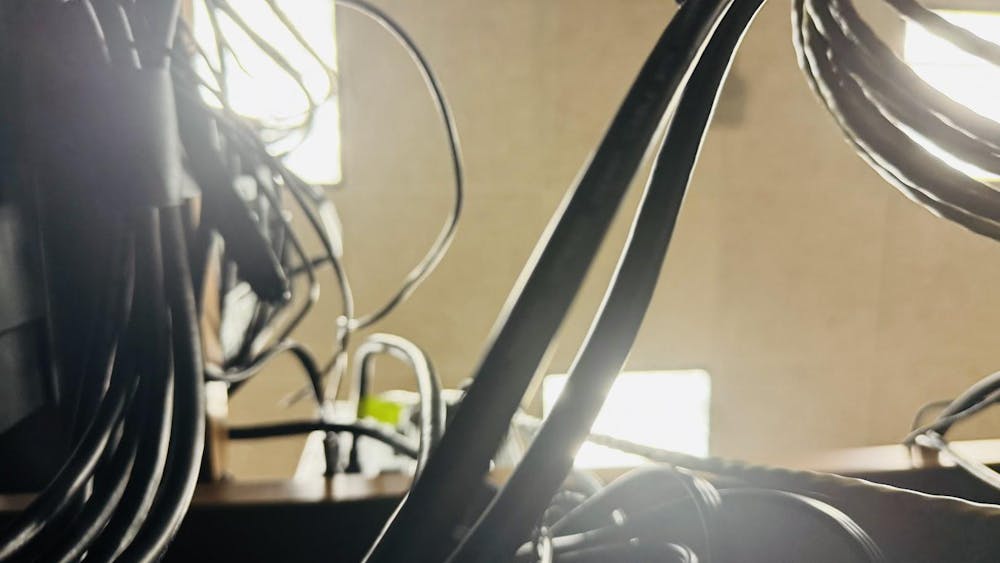Last week, I began my walk to explore diversity and the current issues regarding race in our nation. I had the opportunity to hear the co-founders of Black Lives Matter talk about their movement; listen to the President Emeritus of Notre Dame, Fr. Monk Malloy, C.S.C., share his own reflections on diversity; and engage with other students in conversations about race. Walk the Walk Week had successfully encouraged me to start walking; however, by the end of the week I had realized that although I was walking, I wasn’t quite sure who was walking with me.
As I listened to Patrisse Cullors and Opal Tometi, the co-founders of Black Lives Matter, I couldn’t help but notice their repeated use of the pronouns “they” and “we”: “They try to limit what we think is possible,” “We have to challenge what they are doing,” “This is the myth that we are sold.” Throughout the talk, I kept thinking to myself where I belonged within this dichotomy. Was I a part of them? Or was I a part of we?
When I got back to my dorm room, I decided to visit the Black Lives Matter website, looking for some direction. I wondered what solutions the movement offered to create more unity between races — to resolve the differences between we and them and replace the two divisive pronouns with a more inclusive one that everyone could belong to regardless of their race.
To my dismay, the movement seemed to offer something quite different. Instead of offering solutions for unity, the website stated that “ … we need less watered down unity and a more active solidarities with us, Black people … ” and pushed aside “ … the worn out and sloppy practice of drawing lazy parallels of unity between peoples with vastly different experiences and histories.”
Later in the week, I came across a viewpoint published in The Observer two days after the co-founders of Black Lives Matter spoke at Notre Dame, titled “It’s time to walk the walk.” The viewpoint, which was addressed only to white people, stated that “once we accept our white privilege we can learn to see that we, collectively, are the oppressors.” At the same time, the author called on me and other white people to “use the platform of our skin to help incite change.”
After attending the Black Lives Matter talk and reading the follow-up Observer opinion piece, I found that these particular elements of Walk the Walk Week were successful in bringing more attention to the division that exists between races but had failed in bringing us all together to address and resolve this division as a united community. I found myself searching for ways to become a part of the solution in working towards unity that transcends race, but instead I felt that I was only being labeled as part of the problem.
That’s why the new addition to LaFortune featuring the iconic picture of Martin Luther King, Jr., interlocking arms with our very own Fr. Ted stood out to me so much. To me, it starkly contrasted with the us-versus-them mentality I had heard from Ms. Cullors and Ms. Tometi and was a demonstration that issues of race in our nation could be addressed by all of us together. There was no we or them in the photo. There was no platform in the photo. There were only two men standing side by side, fighting for a world in which differences in race bring us closer together, not farther apart.
As I finished reading the viewpoint in The Observer, I began to find solace as the author encouraged more conversation, mentioning how nothing will ever change if no one enters this uncomfortable dialogue. I want to enter this dialogue. But in having this dialogue, let us not point to race so as to further divide ourselves but to come closer together so that all of us can figure out the best way to break down the current divide between races.
I don’t want to be the oppressor; I want to help the oppressed. I don’t want to stand on a platform; I want to stand on the same ground as everyone else. I completely agree that all lives must matter equally, I completely agree that in the past black lives have not mattered equally in practice, and I completely agree that this needs to change. However, I think the way in which we engage in this conversation is important. In having this dialogue, let us be wary of mistakenly widening the divide by letting the conversation become too fixated on pitting ourselves against each other and reducing ourselves to fit into one of two categories: either us or them. I’ve had the amazing opportunity to meet people of many different races, and all of us are much more than a rigid dichotomy.
I truly hope that this dialogue on race can reflect the inspiring picture of Martin Luther King, Jr., and Fr. Ted that now resides in LaFortune — a dialogue not centered on an us-versus-them mentality that divides all of us further, but one that brings us closer together.
So who is walking the walk? Are they walking the walk? Are we walking the walk? Let’s all begin to walk together, so that all of us can head towards that more perfect place where no division exists between races and all lives truly matter equally. Let’s walk the walk — together.













